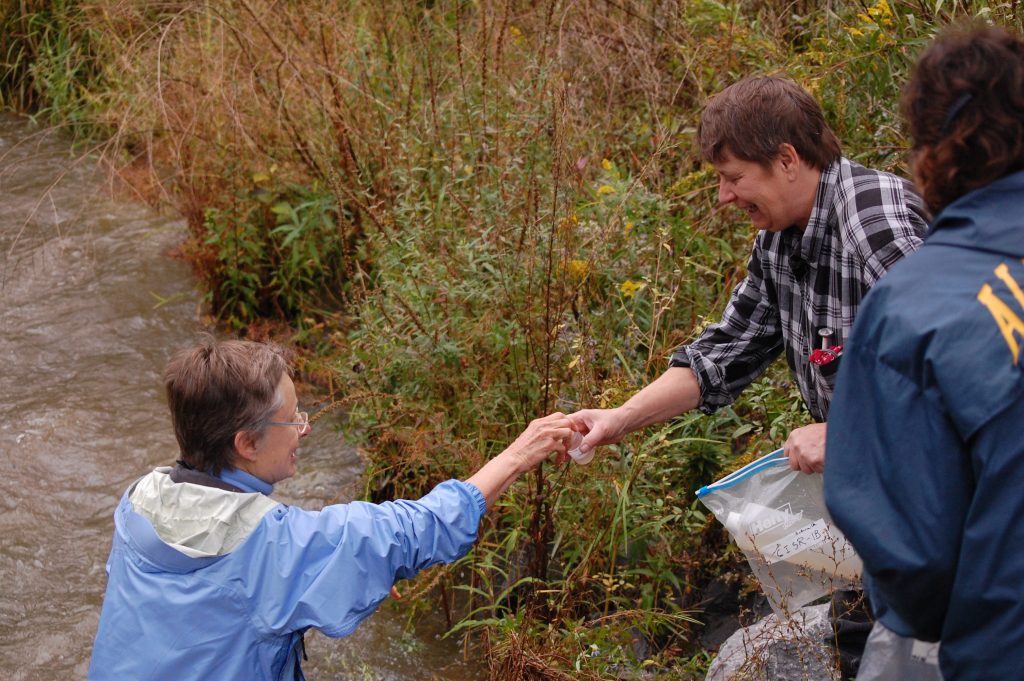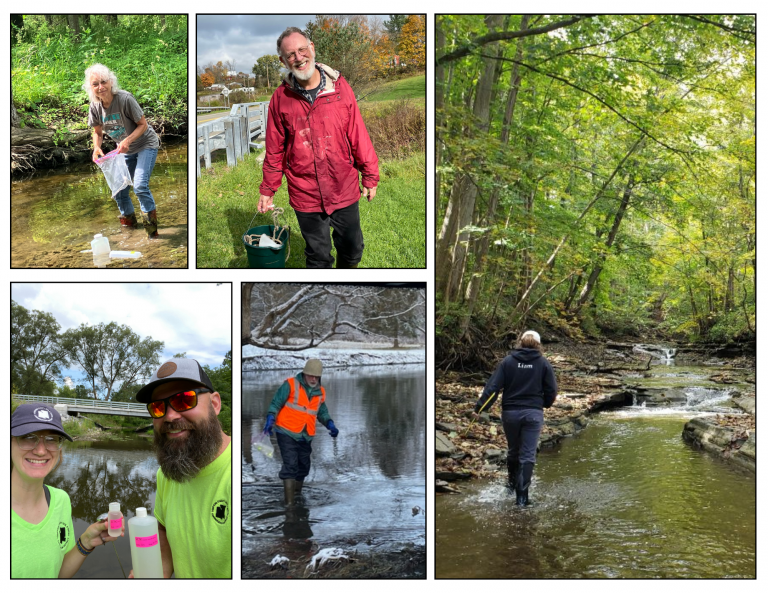The Synoptic Sampling partnership is CSI’s longest-running volunteer water monitoring program, beginning in 2002 in the Fall and Virgil Creek watersheds.
The goal is twofold: produce ongoing data that informs water resource management decisions by local government while simultaneously educating and empowering citizens to become stewards of their local environment.
CSI’s synoptic sampling volunteers are active in the Cayuga Lake and Seneca Lake watersheds.







